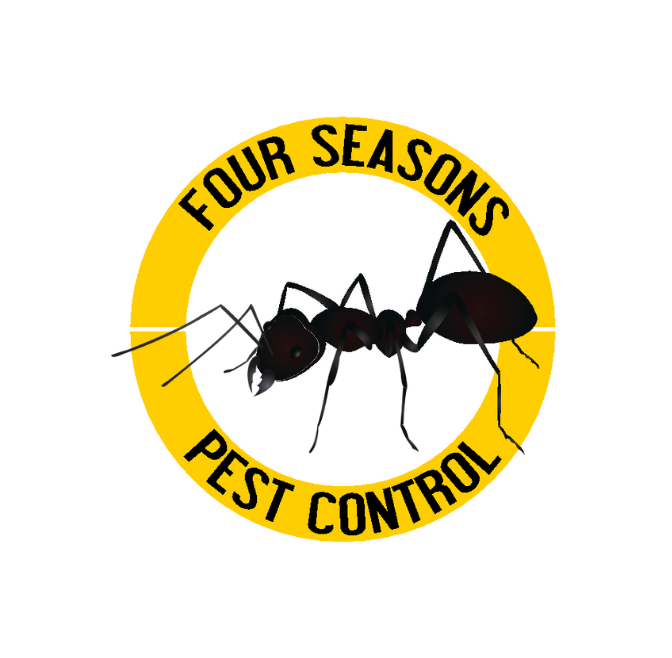Carpenter Bee
Carpenter Bees are classified into the order Xylocopa spp., and the family Apidae. Carpenter bees are large, solitary bees known for their distinctive appearance and wood-boring behavior. Here's an overview of carpenter bees, covering their appearance, nesting habits, diet, damage, and behavior:
- Appearance: Carpenter bees are relatively large bees, typically ranging from 12 to 25 mm in length. Male carpenter bees are usually golden-blond with greenish eyes, while females are larger and have a black shiny abdomen. Some species may have a metallic sheen. Carpenter bees have a robust, cylindrical body with a shiny, hairless abdomen.
- Nesting Habits: Carpenter bees prefer to nest in untreated, unpainted, or weathered softwoods, such as cedar, pine, cypress, and redwood. Females will create tunnels in wood to lay their eggs. These tunnels can extend several feet into the wood and contain individual cells where the female lays an egg and food for the larvae. Common nesting sites include eaves, wooden siding, fence posts, and other exposed wooden structures.
- Diet: Adults primarily feed on nectar and pollen from flowers. They are important pollinators and play a role in pollination of various flowering plants.
- Damage: These bees can cause significant damage to wooden structures over time by excavating tunnels for nesting. While they do not consume wood for food like termites or carpenter ants, their nesting activities can weaken wooden beams, siding, and other wooden components.
- Structural Impact: Prolonged infestations can compromise the structural integrity of buildings and require costly repairs.
- Behavior: Despite their name, carpenter bees are not social insects like honeybees or bumblebees. They are solitary bees, with each female creating and provisioning her own nest. Male carpenter bees are often seen hovering near nesting sites and can be territorial, but they do not have stingers and are harmless. Female carpenter bees have stingers but are generally non-aggressive unless provoked. These bees have a distinctive hovering flight pattern and emit a loud buzzing noise when flying. They are strong fliers and can quickly move from one flower to another.
How to get rid of Carpenter Bees
- Paint or stain exposed wood surfaces to deter carpenter bees from boring into them.
- Seal cracks, crevices, and holes in wooden structures to minimize potential nesting sites.
- Use a vacuum cleaner to remove adult bees around nest openings during the evening when they are less active.
- Seal off entrances to abandoned nests with wood putty or caulking.
- Apply insecticide dust or spray directly into nest openings to kill larvae and adults.
- Follow product instructions carefully and consult a professional for large infestations or difficult-to-reach nests.
Contact Us
What is a Carpenter Bee
This is a big black bee known for being solitary and for boring into wood to create nests.
Can Carpenter Bees Sting?
- Male carpenter bees can be aggressive but lack stingers. The less aggressive females have stingers and are not known to sting but will attack if provoked.
- They bore into wood to create galleries where they lay eggs, which can cause damage to wooden structures over time.
- These bees are not social insects and typically live alone, though they may nest near each other.
Where do Carpenter Bees Live?
The bees typically bore holes into wood to create nesting galleries. Carpenter bees damage lots of different kinds of wood. They prefer soft, untreated, or weathered wood, particularly that which is unpainted or unstained. Common places where the bees bore holes include:
- Wooden structures such as fascia boards, soffits, eaves, window trims, deck railings, wooden fences and wooden furniture.
- Natural wood features such as dead tree branches, wooden posts or wooden beams.
When Should I use Pest Control?
- If you have a severe infestation and preventive measures are ineffective, consider hiring a pest control professional.
- Pest control services can provide targeted treatment options and help identify and seal off potential nesting sites.
